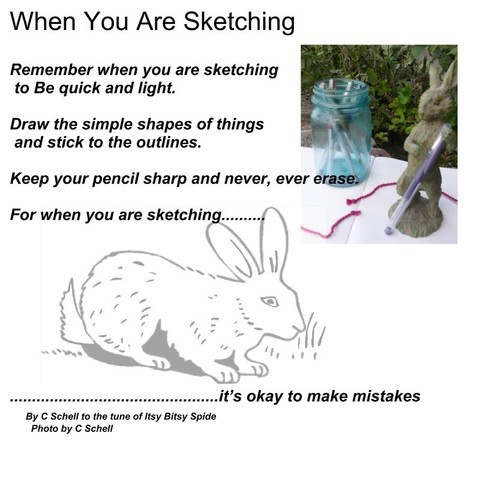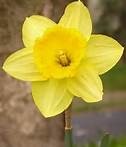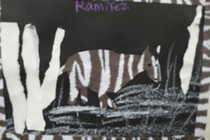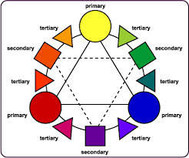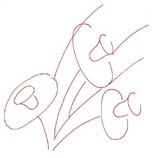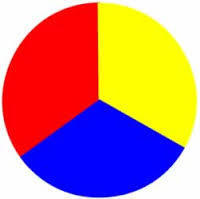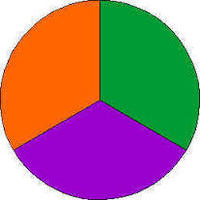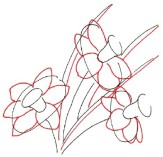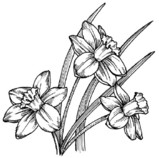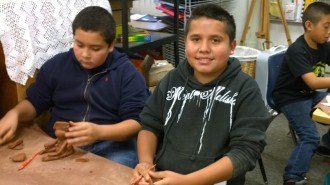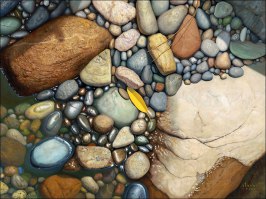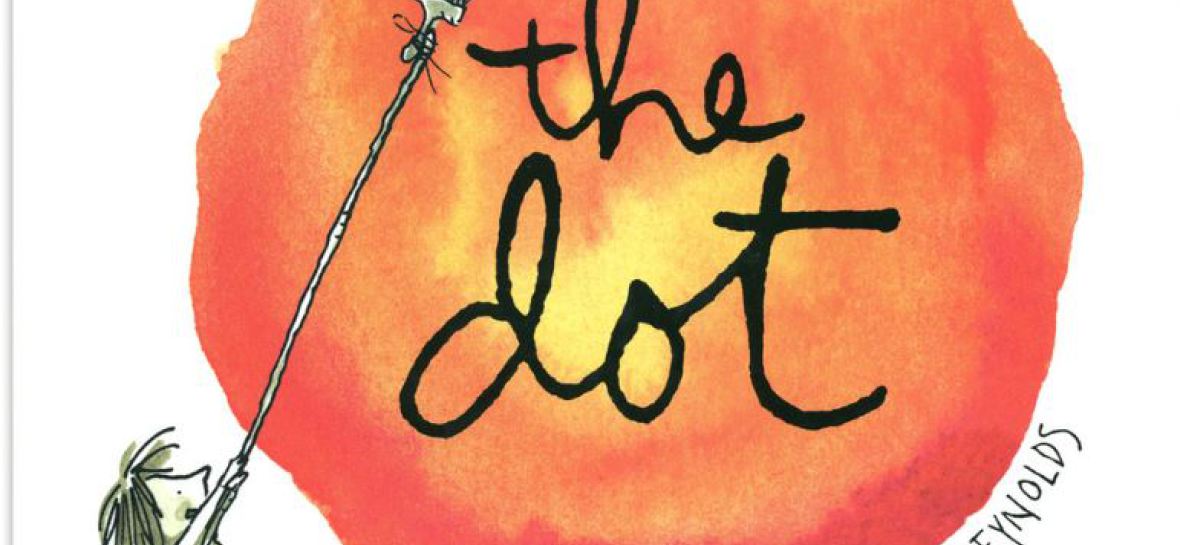

- How to Draw a Butterfly
- How to Draw a Daffodil
- How to Draw A Dragon
- How to Draw Eggs
- How to Draw Landscapes
- How to Draw Lines 1,2,& 3
- Elements of Art
- Nature's Contrast Color Theory
- Finding Values in Color
- Gradient Value
- Golden Mean Fibonacci
- Students' Portfolios
- Mermaids and Sea shells
- The Pumpkin Patch
- Into the Woods
- Deciduous Woods
- Trees and Leaves
- Evergreen Trees
- Squirrels & Hedgehogs
- Art Journal Easter Eggs
- The Mitten
- Zentangles
Let's Sketch a Daffodil
Shapes are flat but forms are fat!
http://dawnsbrain.com/
These are techniques used since the Renaissance to create a realistic illusion of space and form.
“horizon line”, “vanishing point” and “orthogonal line”.
- Horizon Line: The line in a perspective drawing where the sky meets the ground. It also represents the viewer’s eye level. That is, the placement of the line on the picture plane depends on the vantage point of the artist. For example, if the artist is low to the ground, the horizon line is low on the picture plane. You can see the top of an object if it is below eye level, below the horizon line. If an object is above eye level, above the horizon line, you can not see its top.
- Vanishing Point: The point on the horizon line at which lines or edges that are parallel appear to converge.
- Orthogonal Line: Literally, a line which is at right angles to another. In linear perspective drawings, it is the line you draw from the corner of an object to the vanishing point. It establishes the illusion of a perpendicular line going into the distance. Orthogonal lines should always be drawn lightly at first. Usually, most of an orthogonal will be erased.
Daily Review
Secondary Colors
What do you get when you mix
Red and yellow? ORANGE
Red and yellow? ORANGE
Red and yellow? ORANGE
What do you get when you mix
Red and yellow? ORANGE
A Secondary Color!
What do you get when you mix
Yellow and blue? GREEN!
Yellow and blue? GREEN!
Yellow and blue? GREEN!
What do you get when you mix
Yellow and blue? GREEN!
A Secondary Color!
What do you get when you mix
Red and blue? Purple!
Red and blue? Purple!
Red and blue? Purple!
What do you get when you mix
Red and blue? Purple!
A Secondary Color
Using the ovals as a guide, draw oval petals using irregularly curved lines. Draw the second side of each leaf with a slanting, curved line that meets the first line at the top.
Don't worry if your lines overlap the flowers. These lines are guidelines to follow in drawing your final lines.
Show that the petals curve upward by drawing a second, irregularly curving line inside the first one. At the bottom of each cup, draw a wiggly line to show the petal overlapping the cup.
Give each cup a ruffled edge by drawing a wiggly oval.
Artful Teaching
Mrs. Schellenberg & Young Artists
Ralph Waldo Emerson's Poem: Success- to leave the world a bit better, whether by a healthy child, a garden patch or a redeemed social condition; To know even one life breathed easier because of you.
Thank you AT&T
We used the wiring for our artful galimotos

